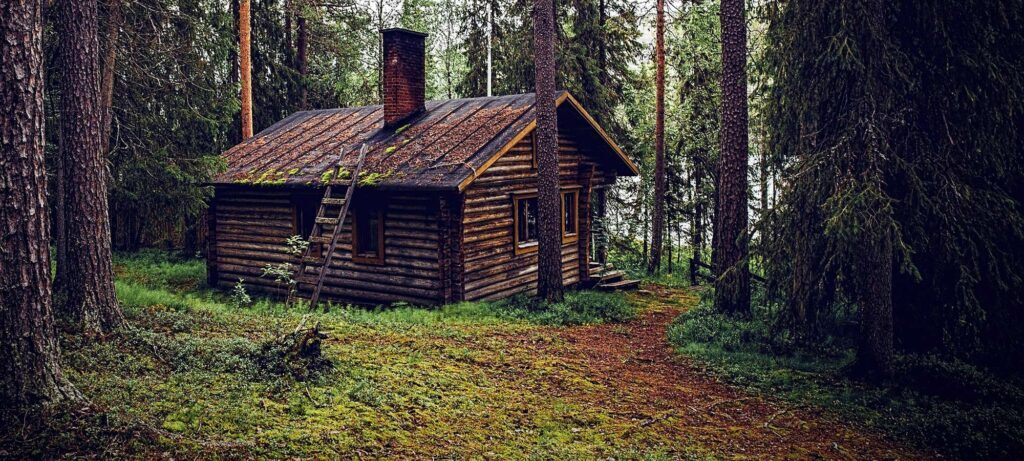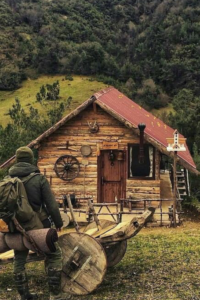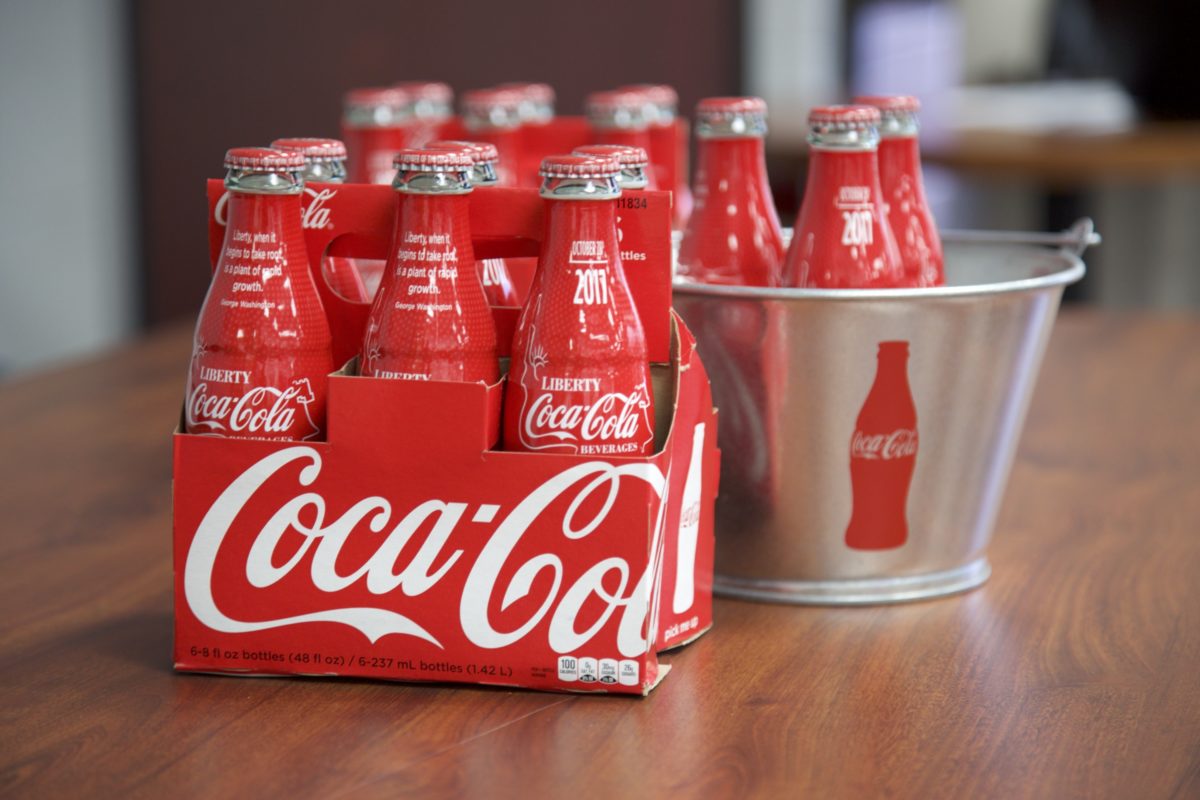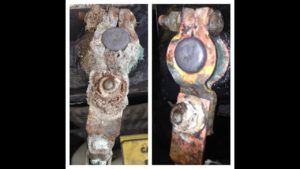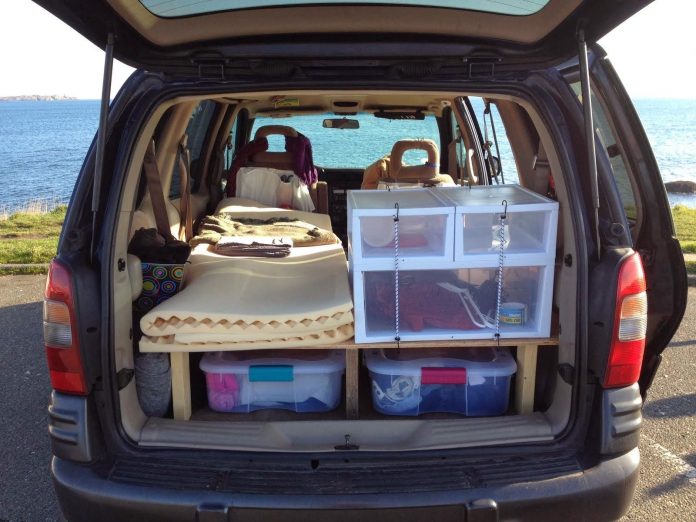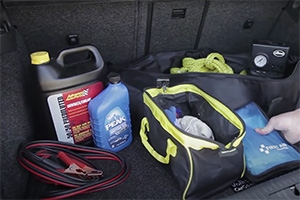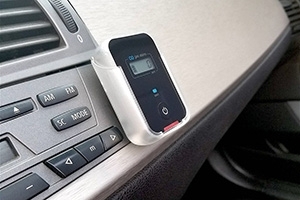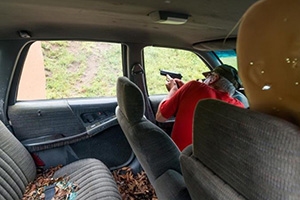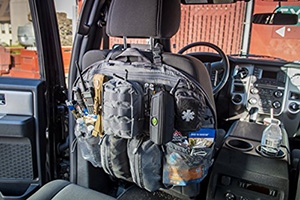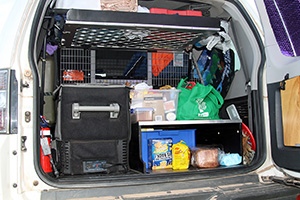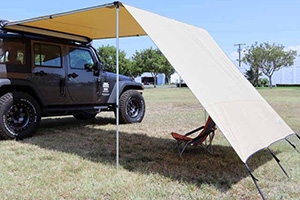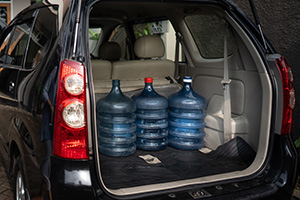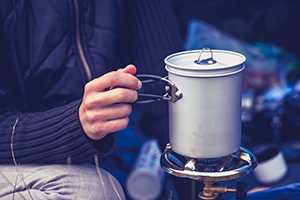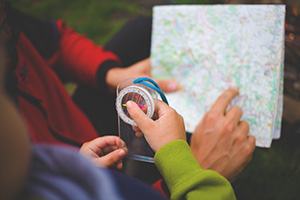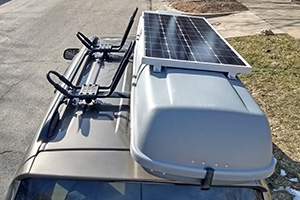What To Consider When Choosing A Bug Out Location
The idea of bugging out is popular, and mostly for good reason, among survivors. If you are ever forced by the authorities to leave your home or area or if death is inevitable if you stay, then bugging out is really your only valid option.
Bugging out may not always be always the best option, of course. With bugging out, there are a lot of dangers, with the most noticeable ones being that you are leaving the area and abandoning your property and stockpile while also rendering yourself highly vulnerable to criminals on the open road.
Therefore, you’re going to need an acceptable bug-out place to mitigate the amount of risk you’re taking, which will keep you mostly safe at least.
In other words, you need to have a plan in place if you are forced to leave your house, and that plan needs to consist of where you’re going to go and how you’re going to get there. There needs to be a lot of thought put into your bug-out area. It is not just some random place that will work.
There are specific variables that need to be taken into consideration and specific features and luxuries that your location would also need to provide, and that’s what we’re going to talk about today.
When searching for a new bug-out location, here are the top things to look for:
It Must Be Within A Reasonable Distance
Your bug-out location can’t be on the other side of the country. It must be within a fair driving distance, instead. The idea is that the location of your bug out would be out of the immediate vicinity of danger (so outside your town or city) but still close enough to access it by car or even on foot if you are forced to.
A hundred miles may not sound like much, but driving that example with heavy traffic will take a long time in the middle of a disaster, and it will take a long time on foot, particularly. Your bug-out position must therefore be somewhere that you can hopefully drive to within a few hours via vehicle.
It Must Be Accessible
Your bug-out location must not only be a safe driving distance from your house, it must also be available, and that means being accessible by car.
That’s a concern if the dirt roads get so bad that you’re forced to embark on the rest of your journey on foot. For starters, what if you have a lot of stuff stored in your vehicle? Are you just going to give it all up, or are you able to go on multiple trips?
You’d most likely answer no if you’re like most people. That is why, just as it needs to be within a safe distance from your house, your bug-out position needs to be accessible by a car, but also …
It Must Be Hidden
Yes, at the same time, your bug-out position needs to be both accessible and hidden. Too much to ask, is that? Not at least at all. What you need to do is do some more digging.
Your bug-out place needs to be away from highways and freeways, at the very least. Hopefully, it’s going to be far enough that you won’t even hear vehicles driving by on the main roads.
Either by trees or by natural terrain such as hills and mountains, and ideally both, your position would need to be covered. In other words, individuals should not be able to see your bug-out location from the road. You can prepare to receive company if they do, or even for individuals to turn up at the place before you do.
It Must Be Easily Defensible
In any disaster situation, one of the greatest priorities is security and protecting yourself. No matter how well your bug-out position is hidden, if possible, you must always be ready to defend it, just as you must always be ready to defend your home as well.
By the way, when it comes to securing your bug-out spot, the terrain will either be your greatest friend or your greatest enemy. The last thing you want is to be in the lower part of a valley or ravine for your bug-out spot, where the attacking force can easily be given the high ground.
Defend Using Fortifications
Through setting up defensive fortifications as well, you can also make your bug-out location more defensible, similar to how you could set up defenses in an SHTF scenario around your own house.
You may build a perimeter with barbed wire fencing or thorny bushes, for example. You can further build trenches or bunkers to give you cover positions as well. Creating all of that would definitely take a lot of effort, but it can be accomplished.
One of the most powerful defensive fortifications to be set up will be to build one layer of barbed wire fence around the property area in a perimeter, followed by a layer of nail boards (flat pieces of plywood with nails pounded through them and then turned upside down), and then followed by another layer of fencing of barbed wire.
Setting all of that up would definitely be a time-consuming process, but if you value keeping your bug-out location as defensible as you can possibly, it would certainly be worth setting it all up.
It Must Have An Abundance of Natural Resources
How long would you stay at your bug-out place? If you accept that it is likely that you will be there for several weeks or months (if not longer, in the worst of conditions), then it will be completely important to have an abundance of natural resources.
The natural resource examples you will need include, but are not limited to:
- Natural Water
- Fish
- Agricultural Land (for farming and growing crops)
- Timber/Wood
- Sunlight (the entire area can’t be wooded)
- Wild Game
- Edible Plants
Each of those resources cannot be understated in terms of its importance.
Natural Water

Getting a flowing body of water such as a river or stream would be preferable to have a source such as a lake or a pond as far as a natural water source is concerned. A water well would also be an option, but it is costly to get it installed. This is because there are normally more pollutants in still water.
Water is important for drinking, washing, personal hygiene, and growing crops. If an area that you are considering for your BOL does not have a natural water supply, you should automatically not consider it.
Land
There still needs to be enough land and soil for you to use for growing crops because if you need to be, you will be self-sufficient over the long term. An open clearing would be perfect here with good soil and plenty of sunshine.
Although you certainly want your BOL to have open clearings, you will also need to have plenty of wooded areas for timber as well. To help build shelters, perimeters, or campfires, you’ll need to use wood to heat up your stoves. An open prairie would not only be a bad choice for a bug-out location because it is exposed and easy to find, but also because it also lacks timber.
Food
Finally, what is the situation with your BOL for wild edibles and game? Do you ever see the wild game, like deer, turkey, or grouse? Are there fish in the water? Are there any wild edibles and berries you’ve come across?
It is not a deal-breaker in a BOL to not have access to wild edibles and games, but there is no denying that it would be good to have backup choices available for food.
In other words, you don’t want to depend on food for game, fish, and wild edible plants, but it’s always undeniably good to have the choice when it gets hard.
It Must Have a Shelter
It’s important to have shelter, and whether you have an RV or a trailer or something similar, you can’t just continue to sleep all the time and hang out in your car.
The good news is that you have a number of different ways to set up a shelter at your bug-out location, such as:
- Tents
- Yurts
- Cabins
- Shipping Containers
- RV’s/Travel Trailers
For shelter, it would be enough to simply park a travel trailer at your bug-out location or have a tent ready to set up.
So really, all of those alternatives are going to do it, but what’s important is that you already have a shelter already set up so you don’t have to spend all of your time setting it up when you arrive.
Some individuals like to prefer a piece of property for their BOL that already has a house built on it. It instantly provides you with shelter as well as storage spaces, even though the house is a bit of a fixer-upper. Speaking of areas for storage …
It Must Have A Storage Area
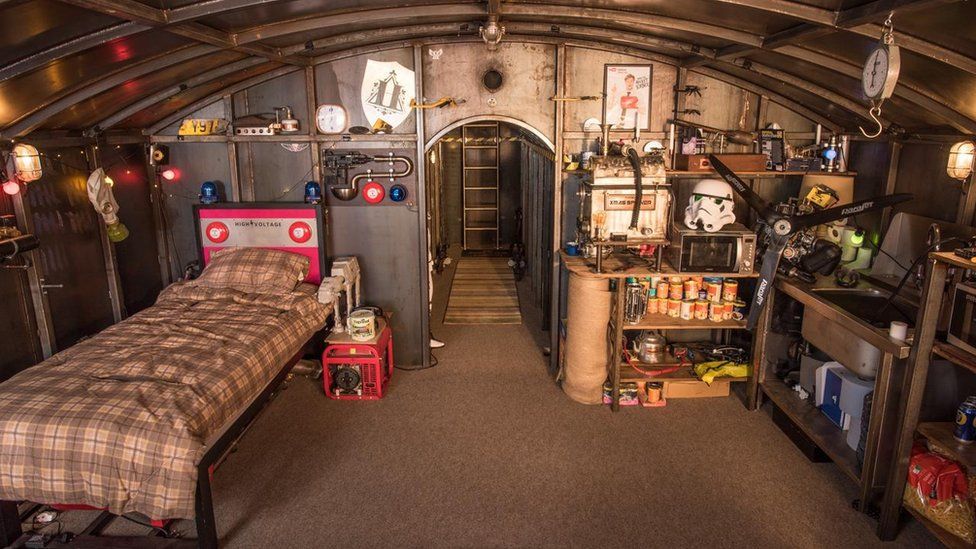
A storage area for you to stock provisions is something else that you would need to set up at your BOL, just as you would at home.
With all you need in your car, you can’t expect to bug out. You simply won’t be able to bring anything you need with you in your vehicle, even though you have a Suburban or an RV for bugging out. You simply won’t.
That’s why you need to build your provisions in a shed or a cabin or something for you to house. You would need to have a healthy stockpile of food, water, medical/first aid supplies, cooking equipment, clothing, ammunition, tools, and sleeping items such as blankets and cots, much as you would have at home.
Dividing your stockpile, at least into two halves, might also be a smart idea. This way, if someone arrives at your location before you do it and takes your supplies, they can not actually locate the second stash.
Conclusion
Without having an appropriate place for you to actually evacuate to, no bug-out plan is really complete.
You would be very wise to keep the above information in mind when checking out various properties that you are considering for your bug-out place.
In short, each of the following conditions must be met for your bug-out location:
- It must be out of the vicinity of danger (so away from an urbanized area)
- It must be within reasonable distances
- It must be easily accessible by vehicle
- It must be concealed and away from any main roads
- It must be easily defensible
- It must have an abundance of natural resources
- It must have a shelter (you’ll need to build this yourself)
- It must have a storage area (you’ll also need to build this yourself)
Even if the position you’re looking at fits all but one of the above conditions, it’s a major red flag. Be picky and have patience.
The good news is that if you have an ideal location that fits the selected criteria above, you will be comforted to know that when disaster hits, you have a (hopefully) safe place to bug out.
Other Self-sufficiency and Preparedness solutions recommended for you:
The Lost Ways (The vital self-sufficiency lessons our great grand-fathers left us)
Survival MD (Knowledge to survive any medical crisis situation)
Backyard Liberty (Liberal’s hidden agenda: more than just your guns…)
Alive After the Fall (Build yourself the only unlimited water source you’ll ever need)
The Lost ways II (4 Important Forgotten Skills used by our Ancestors that can help you in any crisis)
The Patriot Privacy Kit (Secure your privacy in just 10 simple steps)
The idea of bugging out is popular, and mostly for good reason, among survivors. If you are ever forced by the authorities to leave your home or area or if

